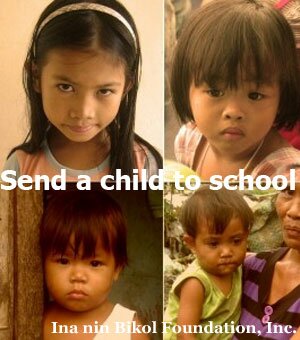Notes on Family Names: If Muhammad Ali was Filipino, would his name be Celso Arcilla? (First of Two Parts)
What were the Spanish thinking? What mindset was in play in the 1849 Claveria List of Surnames, a listing from which a male indio head of the family supposedly chose a Spanish last name for himself and his kin?
Was the matter of surname-appropriation really for him, the indio, to decide? Or, were the surnames, at least in some instances, bequeathed? For the favored, a favorable family name, something like Sabido (Sp. "well-informed", "knowledgeable"), Verdadero ( "truthful"), Amante ("a loving friend"), or Hidalgo ("illustrious"). For the disfavored, something less complimentary, a last name that will remind generations of an ancestor's misdemeanor or misdeed. Such was the case of a former colleague from Batangas whose branch of the family was stripped by a cura parocco of the upbeat Laurel last name and promptly listed in church records under the name Terrible, thanks to an ancestor's frequent Sunday drunkenness long ago. Was the same friar displeasure in play in the surname Enojoso which means annoying in Spanish? Or the family name Pesimo which means wretched?
If the native Pinoy really had a say on the matter, wouldn't they have chosen Santa Maria, de Jesus, Santa Cruz, or de la Cruz? In a very Catholic milieu, one can't go wrong with a last name that conjures the divine. Or, were the surnames, in some cases, meant to point to a physical trait or disposition, seen in the surnames Enano, Galan and Agravante, which incidentally are also Spanish words- respectively an adjective ("short", "very stunted"), a noun (" a handsome fellow") and a verb ("to aggravate or cause additional burden to an unfortunate circumstance").
Whether handpicked by the unsuspecting native himself or appropriated for him by a condescending Spanish friar civil official, this manner of naming people is consistent to our native penchant for bansag, the lighthearted folk name-calling that points to a physical feature or characteristic common in a family, a sort of synecdoche- where a single dominant physical trait represents the whole. Persisting for many generations now, particularly in the Rinconada area of Camarines Sur and environs, a bansag, more than an endearment between individuals and clans, has practical functions, much like the systematic hispanization of native family names in 1849 which, among other things, pointed to an individual's place of origin, expedited the identification of family lineages, and others. One's bansag, as it situates one in his immediate geography, solidifies his sense of community, molds his identity and selfhood. Tangad, for example, a Bikol verb which means "to raise one's head, as when speaking to a taller person," is a bansag exclusively in reference to a certain branch of the Rull clan who are merchants and market sellers and whose heights average 5'10'', and not the other Rull branches, the civil servants and professionals in private practice, who are of smaller physical stature.
Roused by sounds and ritual symbols, I always have a field day in ceremonies where family names are called out in public sound systems, such as the capping ceremony of two nieces, then nursing students, that I went to sometime ago. To ease the restlessness that afflicts me when sitting in one place for too long, I mentally played a matching game, matching the person onstage to the family name called out on the loudspeaker: does the Calvo have a receding hairline? The Crespo with curly hair? The Hermoso or Hermosa of pleasing physical appearance? The Pardo in question of somewhat dark skin? The Delgado of slender built?


